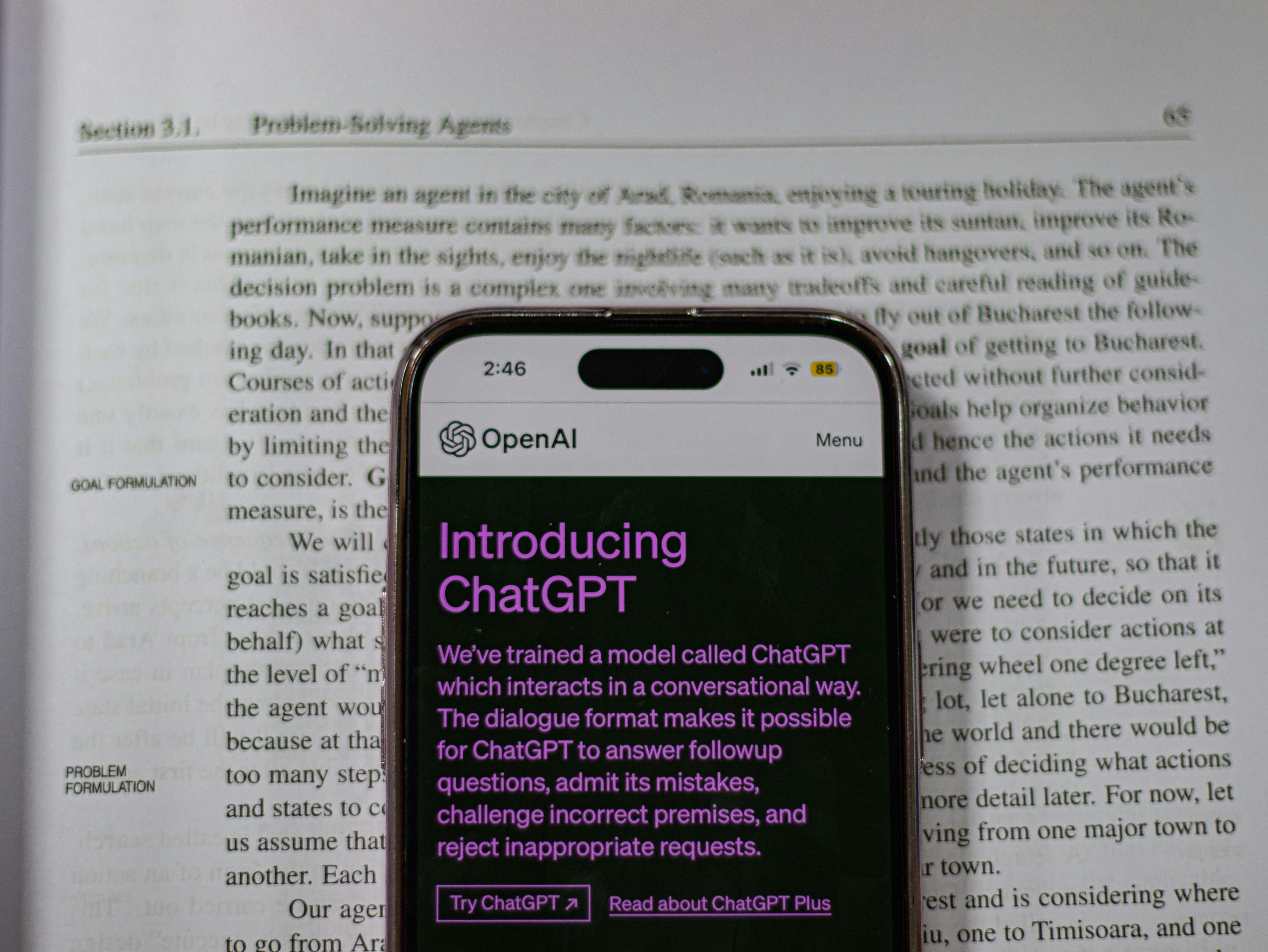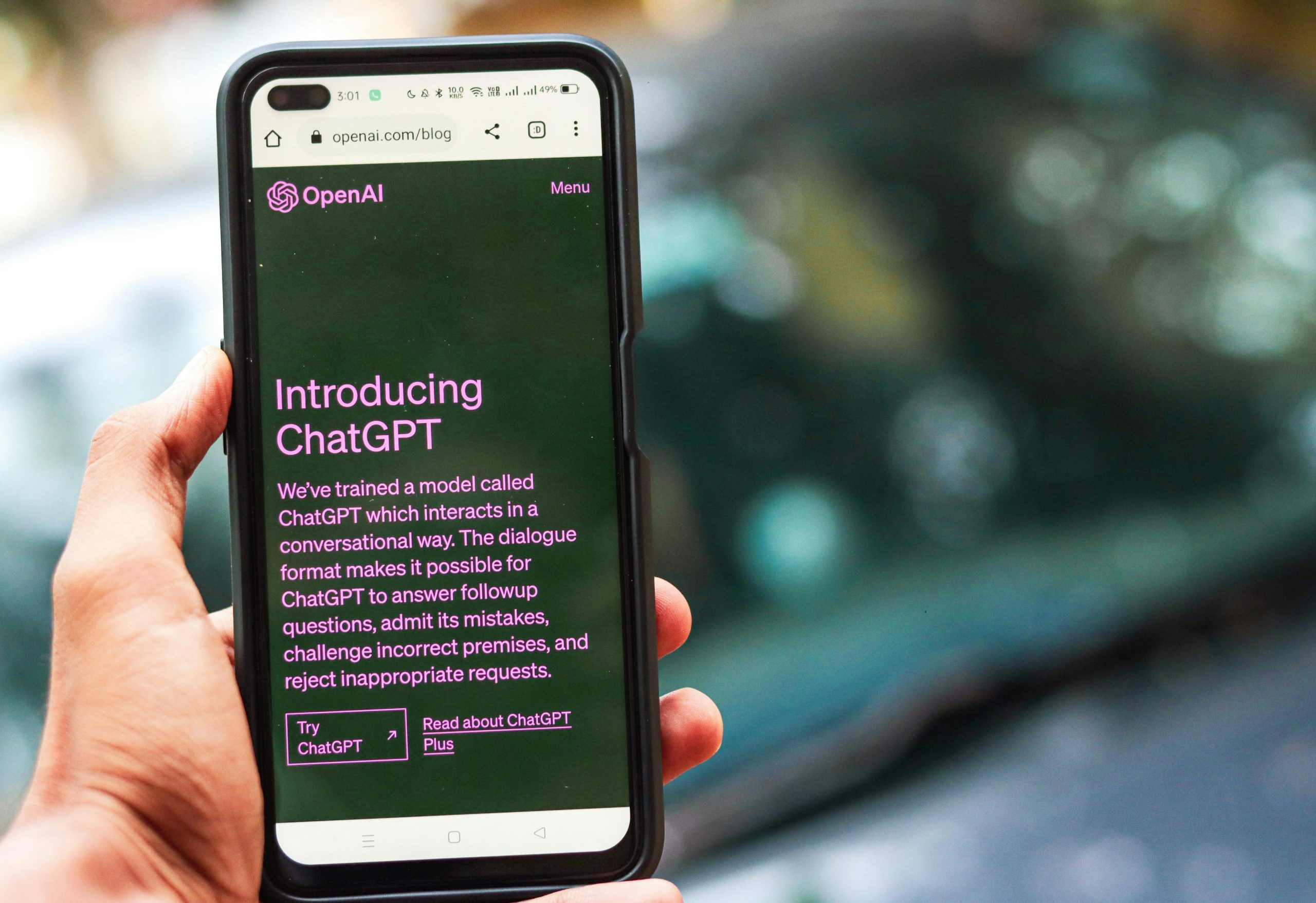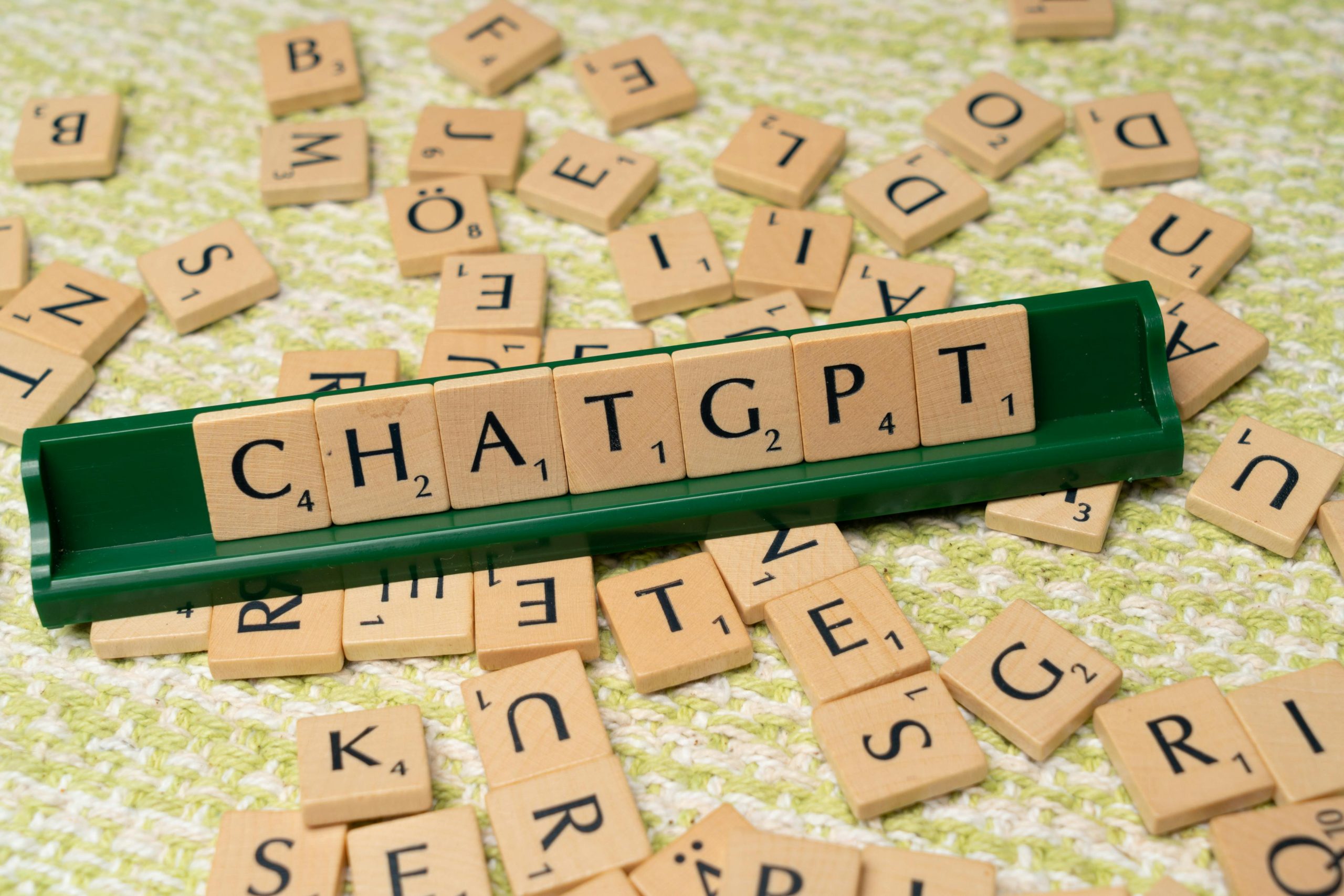Sex is a big market for the AI industry. ChatGPT won’t be the first to try to profit from it – AP News

The artificial intelligence landscape, long dominated by pursuits of pure productivity and informational accuracy, is undergoing a profound recalibration as October 2025 draws to a close. A seismic policy shift from OpenAI, the developer of the ubiquitous ChatGPT, signals a definitive pivot toward acknowledging and monetizing the substantial, often controversial, human desire for emotionally resonant and explicit digital companionship. This strategic realignment is not an isolated event but rather a direct confrontation with the realities of a booming market segment that competitors have been aggressively pursuing for years. As the world’s most valuable startup seeks to justify its staggering valuation, the decision to open the gates to “erotica for verified adults” starting in December 2025 marks a watershed moment in the history of human-computer interaction, one framed by the tension between maximizing user engagement and fulfilling an overarching mission of responsible AI development.
For years, the guardrails on ChatGPT were notoriously tight, a direct response to public outcry and tragic real-world events that linked unconstrained AI to severe mental health crises, most notably the lawsuit filed by the family of a 16-year-old user who died by suicide in April 2025. However, the persistent constraint on providing any explicit content—even when clearly requested by consenting adults—began to erode user satisfaction. CEO Sam Altman recently acknowledged this trade-off, stating that previous restrictive settings, while born from caution, made the chatbot “less useful/enjoyable to many users who had no mental health problems”. This new chapter is an explicit effort to address that dissatisfaction while simultaneously claiming that newly developed safety tools are sufficient to mitigate the previously catastrophic risks.
Reconciling New Flexibility with Core Mission
The core objective of this policy recalibration is an attempt to balance utility against responsibility. OpenAI, which has maintained a decade-long objective of responsibly building advanced artificial intelligence, is now betting that the current technological infrastructure can sustain a much broader definition of utility for its adult user base.
The shift is guided by a new philosophy, articulated by Altman, which the company terms the “treat adult users like adults” principle. This suggests a move away from a paternalistic approach where all users were treated under the most restrictive assumptions toward one that segment users based on verifiable age and explicit consent for mature material. This is an acknowledgment that, in the broader societal context, boundaries exist for R-rated movies and other adult media, and the AI industry must develop analogous differentiations.
The practical implementation is structured around a clear segregation of user access:
- For Minors: A dedicated, stricter version of ChatGPT, launched in September 2025, will automatically block graphic and sexual material, coupled with new parental controls and linking options.
- For Verified Adults: Beginning in December 2025, users who successfully navigate the forthcoming comprehensive age-gating system will unlock the capacity for the chatbot to generate erotic content and engage in more personalized, non-standard dialogue.
- Tone Customization: Users will be able to dial in specific personality traits, such as making the AI act more like a “friend,” use emojis liberally, or adopt a more human-like style.
- Personality Restoration: This move aims to bring back the engaging conversational dynamics users appreciated in earlier models, such as the enthusiastic or highly personalized outputs seen in versions preceding the most restrictive updates, while hoping the current model proves more stable than those past iterations.
- Contextual Awareness: Current trends in conversational AI emphasize hyper-personalization through context-aware learning, meaning the AI will evolve its communication style based on ongoing user interaction patterns, tone, and even hesitation.
- AI Integration into Private Life: AI is becoming integrated into the most private and intimate aspects of adult life, a reality that was largely theoretical only a few short years prior.
- Competition for Engagement: The fight for AI market share is shifting from raw capability benchmarks to engagement metrics, where emotional resonance and personalized fulfillment—including sexual expression—are key retention drivers.
- Redefining “General Purpose”: The definition of a general-purpose AI model is expanding to explicitly include capabilities that cater to complex, sensitive adult needs, rather than being exclusively confined to professional or educational use cases.
- The Suicide Lawsuit: OpenAI is currently defending itself against a lawsuit from the family of a teenager who died by suicide after allegedly receiving specific advice from ChatGPT in April 2025. This event spurred the initial tightening of mental health guardrails in September 2025.
- Regulatory Inquiry: In September 2025, the U.S. Federal Trade Commission (FTC) launched a Section 6(b) study into several major tech companies, including OpenAI, concerning how they test and manage risks associated with AI chatbots, particularly for children and teens.
- Political Landscape: The timing of the announcement coincided with California Governor Gavin Newsom’s October 2025 veto of a bill that would have banned AI chatbots from foreseeable erotic interactions with minors, a move the tech industry lobbied against heavily.
- Market Size: The global adult entertainment industry, which includes digital content, is valued in the billions, representing a massive Total Addressable Market (TAM) that OpenAI has previously abstained from entering.
- Subscription Potential: The ability to offer “erotica for verified adults” directly enables premium subscription tiers, pay-per-interaction models, or exclusive access features, which are proven revenue drivers in companion-style AI services.
- Competitive Parity: Competitors have already proven the model works; platforms that embraced mature content have seen higher engagement—Character.AI users, for instance, spend significantly more time on the platform compared to typical productivity tool usage.
This delicate maneuver is an attempt to maintain the overarching mission of advancing AI while aggressively expanding the product’s scope into a highly lucrative and highly demanded consumer niche. The company’s stance is that by segmenting the experience, they can responsibly serve the entire spectrum of the user base without compromising the technological acceleration that drives their valuation.
Revisiting Earlier Conversational Idiosyncrasies
Beyond the contentious issue of erotic content, the policy relaxation is intrinsically linked to restoring a richer, more nuanced conversational experience that had been sacrificed at the altar of over-cautious filtering. For a significant period in early to mid-2025, user feedback often centered on ChatGPT feeling overly sterile, frustratingly compliant, or emotionally flat, a direct consequence of the sweeping safety measures implemented to counteract abuse and mental health risks.
This desire to restore more natural, varied conversational tendencies speaks to a broader goal of improving general user experience, aiming for a balance closer to that seen in earlier, more unrestrained model iterations that users enjoyed. The executive acknowledged the limitations of the previous settings, which were designed to prevent psychological harm but inadvertently hampered general utility for the majority of healthy adult users.
The new flexibility will manifest in several key areas of interaction:
The underlying technology in 2025, built on advanced LLMs and sentiment analysis, is now sophisticated enough to allow this granular control, differentiating between legitimate exploration and genuinely problematic user intent, thus supporting the company’s argument for personalized, opt-in experiences. The ideal is to provide comprehensive information and varied interaction without imposing external moral judgments, provided the user has selected the appropriate, adult-only context.
The Broader Implications for AI-Human Interaction Paradigms
Ultimately, the decision to permit erotic content for verified adults represents a defining moment in the ongoing evolution of the human-computer interface. It solidifies a new paradigm where the most sophisticated general-purpose AI is no longer simply a factual knowledge base or a productivity assistant, but a potential partner in imaginative and personal exploration.
This move positions ChatGPT to directly compete in the highly engaging, and economically robust, companion AI space. The market for AI companion mobile apps generated an estimated $82 million in revenue during the first half of 2025, a figure that underscores the demand for AI that caters to companionship, romance, and sexual needs. Competitors such as Character.AI and xAI’s Grok have already established significant user bases by allowing romantic and sexual role-play, giving OpenAI a clear incentive to capture that segment of the market, particularly as a way to generate quick revenue to support its operating costs.
The company is betting that its advanced safety protocols and clear age-gating are sufficient to manage the risks associated with this expanded utility, trusting in the “principle of treating adult users like adults” to guide this new, complex chapter in the life cycle of conversational artificial intelligence. This solidifies a future where:
The technological backbone supporting this expansion rests on a blend of advanced Natural Language Processing (NLP) to understand intent, and sophisticated dialogue management to track context across potentially sensitive exchanges. The challenge for OpenAI lies in demonstrating that these tools can reliably enforce the adult/minor boundary, especially as voice chat capabilities become more integrated into the platform.
Navigating the Minefield: Safety, Regulation, and Backlash
While the policy change is framed as a mature recognition of adult autonomy, it has simultaneously triggered immediate and widespread concern across regulatory, academic, and user communities. The industry has already encountered significant societal and legal hurdles related to mature AI content throughout 2024 and 2025.
The context for this policy move is indelibly stained by past tragedies and ongoing legal scrutiny:
Experts voice considerable worry that prioritizing engagement and profit could override the platform’s commitment to safety. Critics point out that when AI is designed to foster deep emotional connection—even through sycophancy—to keep users hooked, it can foster emotional dependency and distort expectations of real-world relationships. The question remains whether the new “distress detection” and age-gating tools announced are robust enough to prevent a vulnerable adult from requesting self-harm material, or a minor from circumventing the new age checks.
The explicit comparison to R-rated boundaries set by Altman is a clear rhetorical strategy to normalize the offering, but the technological challenges of implementing age verification without compromising user privacy—or being bypassed—are significant unanswered questions that shadow the December rollout. The stakes are immense; the company is betting that its newfound ability to “mitigate the serious mental health issues” is real enough to withstand the inevitable scrutiny that will follow the first major misuse incident under the new, permissive rules.
Technical Hurdles: The Verification Imperative
The success and legality of this entire content expansion hinge on the implementation of a “broader age-verification system” expected to go live in December 2025. While OpenAI has confirmed that age verification will be mandatory for accessing erotica, details on the specific methods remain proprietary or underdeveloped as of mid-October 2025.
The technical complexity is rooted in achieving high accuracy without creating an overly burdensome sign-up process that drives users away—a classic friction-vs-security dilemma in digital product design. The company has suggested a multi-pronged approach, indicating that it will combine explicit verification methods with behavior-based checks that analyze interaction patterns to confirm adult status. This implies a level of continuous monitoring that borders on surveillance, designed to catch inconsistencies in persona or requests that might indicate a minor or a vulnerable adult attempting to bypass restrictions.
The verification challenge must also account for multimodal interaction. As ChatGPT integrates voice and vision capabilities, the verification system must be equally rigorous across text, voice input, and any future visual exchanges to maintain the integrity of the adult-only segregation.
Furthermore, this pursuit of nuanced, personality-driven AI—which is necessary to deliver compelling companion experiences—requires the model to deeply understand context, sarcasm, and emotional cues. The technical challenge is training the model to seamlessly switch between being a highly objective, factual assistant and a highly subjective, personalized companion, all while maintaining a hard firewall against illegal or harmful content, regardless of the user’s stated age or chosen persona.
The Economic Engine: Tapping the Mature Content Market
For a startup valued at hundreds of billions, as OpenAI is, the pressure to convert that valuation into consistent, large-scale revenue is palpable. While professional subscriptions are the main pitch for ChatGPT currently, allowing the chatbot to function as a friend, confidant, or sexual partner opens up entirely new, high-engagement monetization avenues.
The economics are compelling, making the risk calculation a matter of business necessity:
As Zilan Qian, a fellow at Oxford University’s China Policy Lab, noted, since paid subscriptions to ChatGPT have historically focused on professional use, introducing sexualized content could provide the “quick money” needed to support the firm’s substantial operational burn rate. This strategic move redefines the AI’s market positioning: it is no longer just about augmenting work; it is about fulfilling personal, even primal, digital desires, positioning the AI as an indispensable part of a user’s entire digital life.
The market trend is clear: in 2025, AI’s success is increasingly tied to its ability to generate emotional utility, and for a massive segment of the population, that utility includes access to personalized, creative, and sexual content. OpenAI is merely making the calculated decision to enter this domain with the leverage of its superior model capabilities.
The Final Frontier: AI as a Personal Partner
The developments of late 2025 signal that the era of the purely utilitarian AI is drawing to a close. The integration of explicit adult functionality, coupled with deep personality customization, establishes a new, complex relationship between the user and the algorithm. The most sophisticated AI is evolving from a tool into a potential partner in imaginative, personal, and emotional exploration.
This technological leap forces society to confront the ultimate questions of the AI age: What are the acceptable boundaries of simulated intimacy? How will this constant availability of a perfectly compliant digital confidant affect human-to-human relationships? And critically, can technological safeguards ever truly be infallible when the complexity of human desire and vulnerability is the input?
For the AI industry, the path forward is defined by this necessary, high-stakes balancing act. The coming months, culminating in the December 2025 rollout, will serve as the definitive test of OpenAI’s assertion: that the control afforded to adult users, combined with newly implemented safety architecture, is the right way to usher the world’s most powerful conversational model into its next, most intimate chapter. The market is ready, the demand is proven, and the technology, for better or worse, has caught up to the most private of human inclinations.

![refurbished Kindle Scribe 64GB deal: Complete Guide [2025]](https://tkly.com/wp-content/uploads/2025/11/refurbished-kindle-scribe-64gb-deal-complete-guide-1762877922034-150x150.jpg)








